I’ve decided that the latter part of 2017 will be focussed on seeking out new walking routes and challenges. We’re already off to a good start thanks to our exploration of Trefil and the Chartist’s Cave a couple of weeks ago and quickly followed that up with a complete circumnavigation of the Angle peninsula in Pembrokeshire. Now I must admit we have visited Angle once before on a particularly wet and windy winters day but that was in the age before this blog and my renewed interest in photography so doesn’t really count. Thankfully conditions were a lot more favourable this time around and we arrived at West Angle Bay in glorious sunshine. Holidaymakers already filled the beach and small café but it only took a few minutes of walking to find ourselves once more alone and enjoying fantastic views across to Thorn Island.
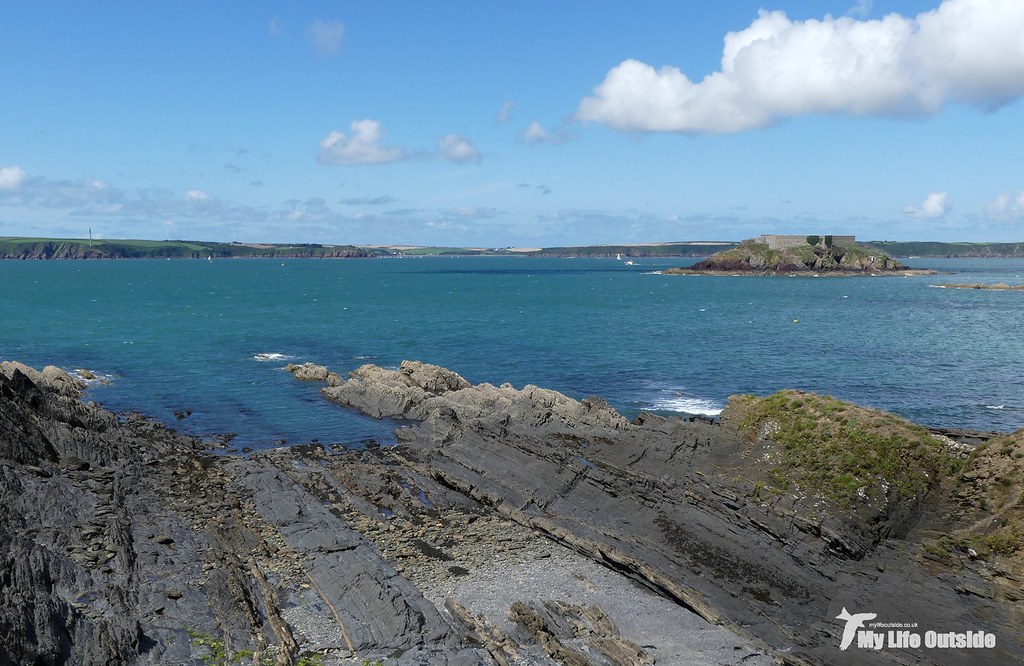
The fort which now dominates this small speck of land was completed in 1854 with the sole aim of deterring any invasion from those pesky Europeans across the channel. It and the other Napoleonic forts evidently did their job and went untroubled, this one being sold in 1947 and converted into a hotel. By all accounts the accommodation was basic but must have offered its occupants something of a unique experience, particularly on stormy days. Sadly the hotel closed again in the 1990’s and has lain dormant ever since despite changing hands on at least two occasions. The latest sale went through just a month or so ago and with maintenance already being undertaken perhaps the future is starting to look a little brighter for Thorn Island.
It’s no coincidence that such a historically interesting structure would arrive so soon on our walk. In fact this area’s past was the very reason I was drawn here in the first place and barely half a kilometre later we were surrounded by Second World War archaeology. You see Angle sits right at the mouth of Milford Haven which then, as now, was of significant strategic importance to the country. As a result its defence became a priority and before long the land on either side of the channel was bristling with new forts and gun emplacements complementing older defensive sites such as Thorn Island. Much still remains to this day and from a decent vantage point it’s possible to pick out an almost unbroken line of structures along the coast stretching for several miles. The first we came across were a couple of lookouts perched halfway down the cliff, one of which included an impressive staircase cut through solid rock presumably to allow access from boats moored below.

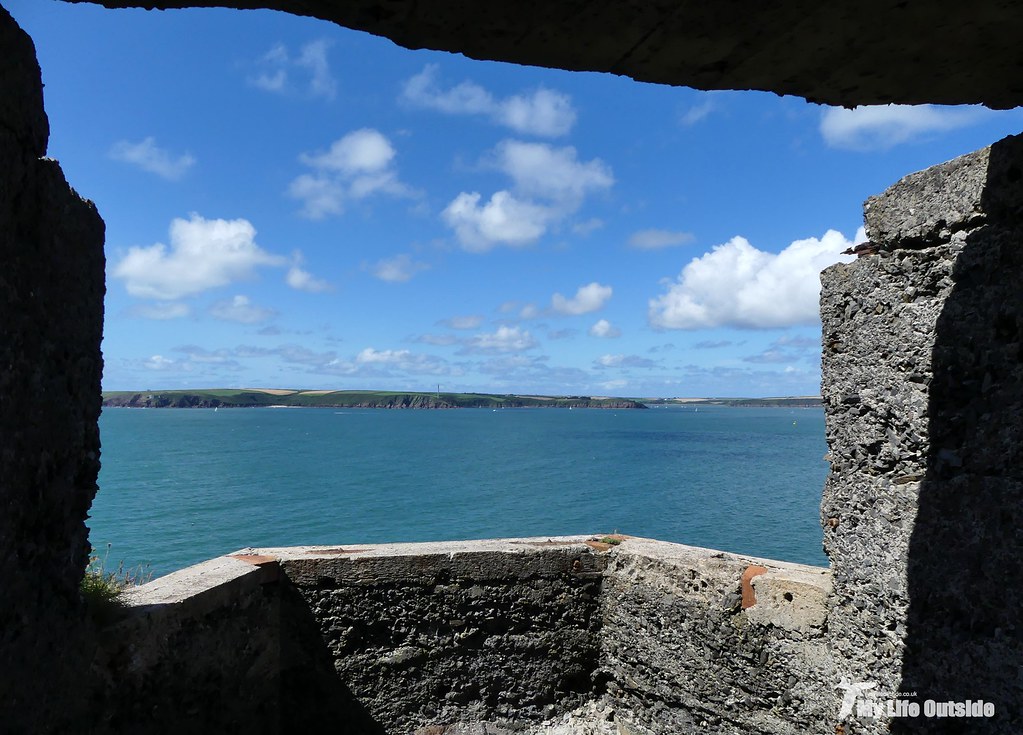

Up above sits Loran Station East Block House, now privately owned so access wasn’t possible but originally a radio navigation building constructed in the 1960’s and transmitting until 1977. The original East Block House from which its name derives however is far more interesting and impossible to miss. Built in 1539 as a gun tower it was one of a pair constructed to guard entrance to the Haven. It’s now the oldest surviving military installation on the waterway and unsurprisingly is a scheduled ancient monument. For how much longer though remains to be seen as there’s some pretty serious erosion going on here and the next fall could spell disaster.
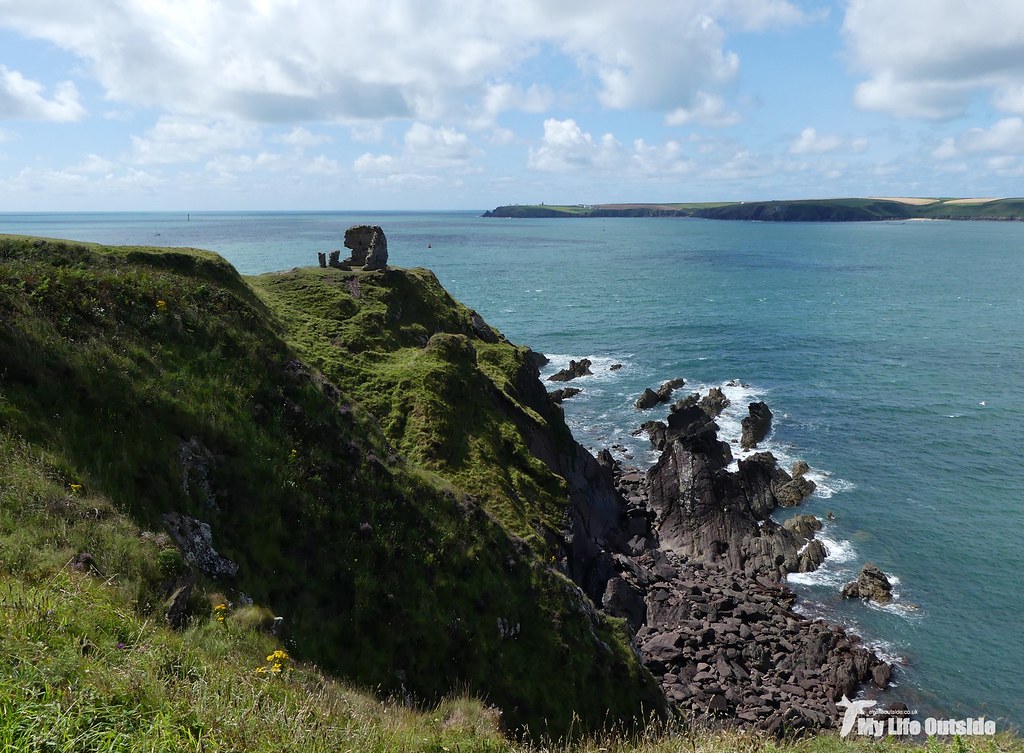
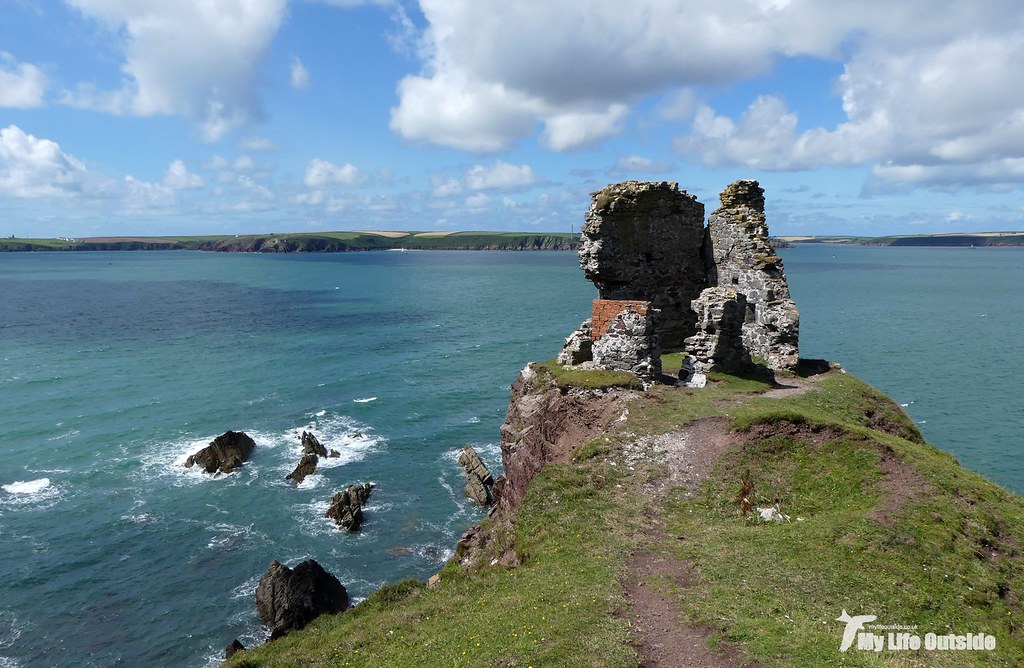
Overlooking all this are six large gun emplacements built between 1901 and 1904. They replaced an earlier installation dating from 1852 and housed three six-inch, two nine-inch and one two-pounder gun. An impressive arsenal that continued to be used right up until the 1970’s, latterly for artillery training only. Well disguised behind an earth bank the true scale of the place is only revealed after entering along a wide concrete road, the gunnery positions themselves laid out in a wide sweeping arc. Everything here is massive from the four inch thick bolts which once secured the guns to concrete defences easily ten meters deep. For a lover of history and exploration such as myself the place is an absolute gold mine and I could have happily spent several hours there poking around.

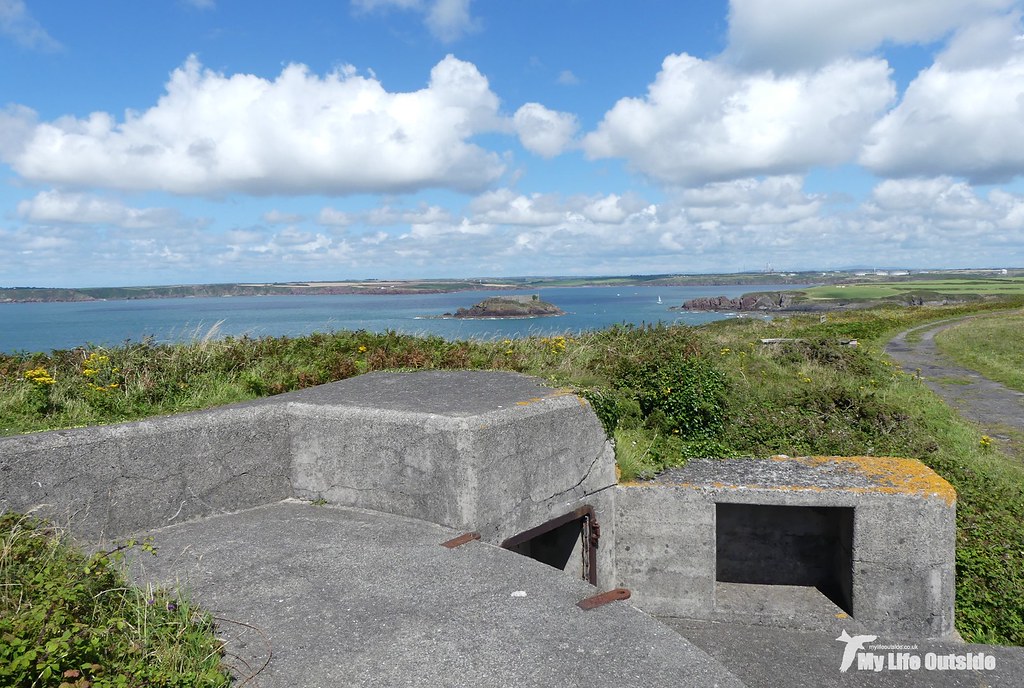
The thing that probably got me most excited though were the remains of a wooden lift which would have originally brought shells up from the magazines below. With military sites of this age there’s so often little remaining beyond the concrete walls so to find a piece of machinery like this, still in-situ, somehow made the place feel that much more real.
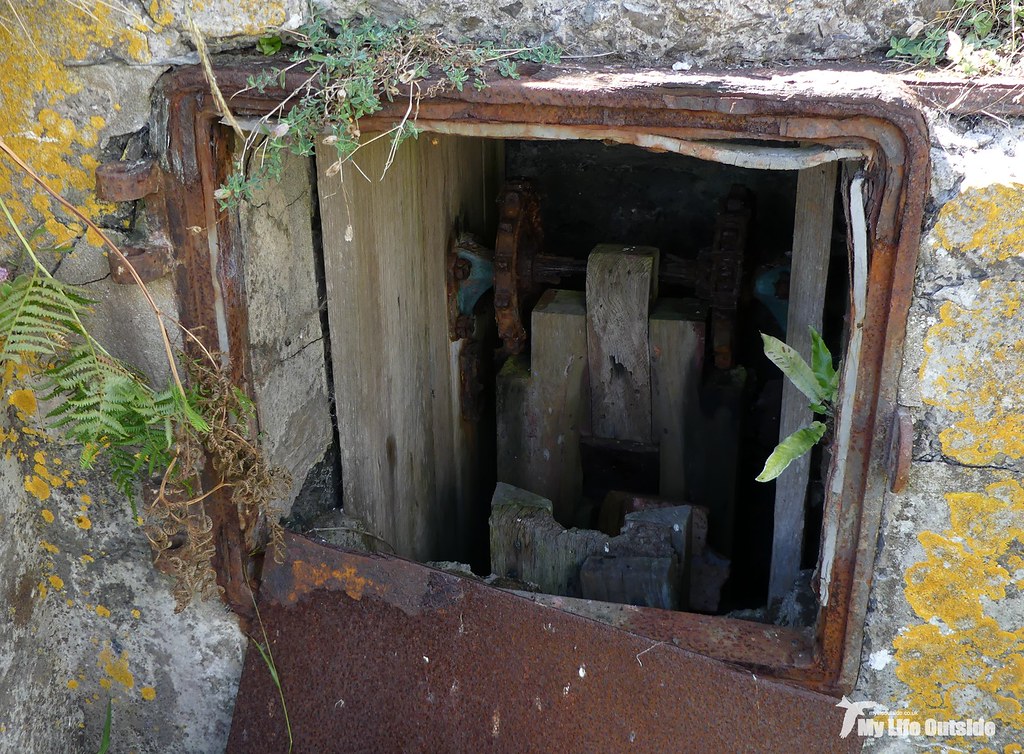
Perhaps most surprising was how well the wildlife was thriving on these old sites. Butterflies were absolutely everywhere and included species such as Painted Lady, Peacock, Red Admiral, Common Blue, Comma, Wall Brown and Meadow Brown not to mention Cinnabar Moth caterpillars and a couple of Burnets on the wing.
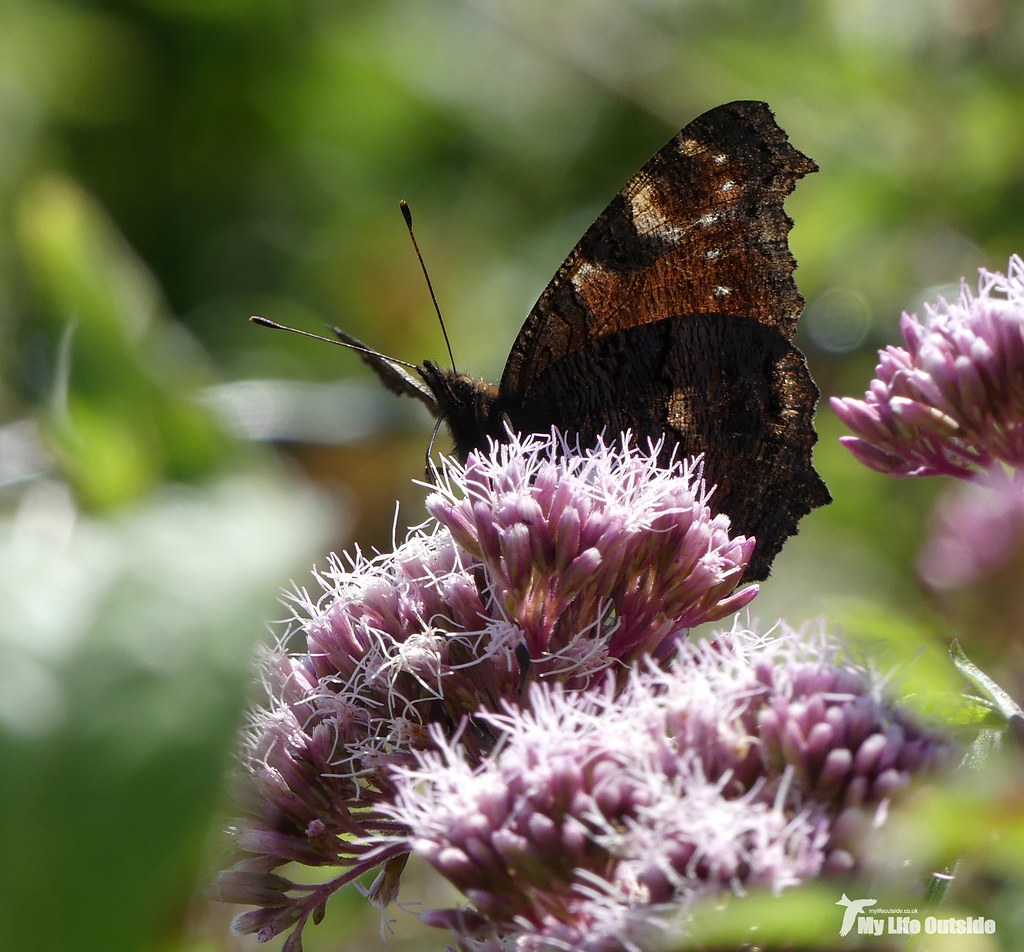
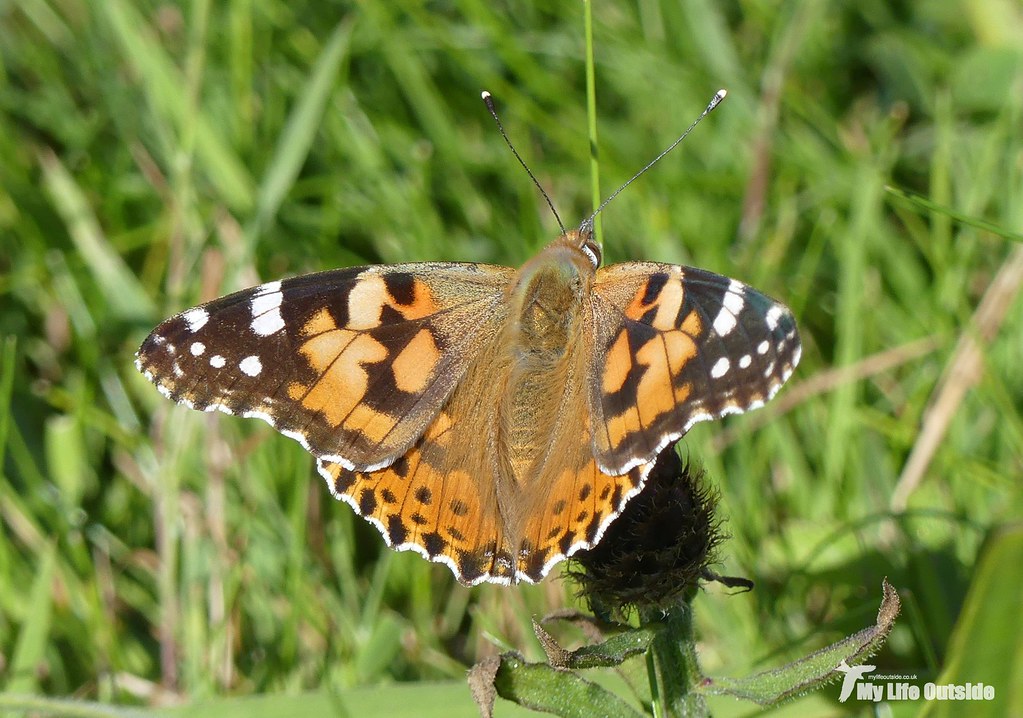

There were birds too from a very flighty Wheatear to gronking Ravens, Kestrels hunting and what must surely go down in history as our best ever views of a Peregrine Falcon. We first spotted it off Sheep Island soaring high in the sky, but as we approached it suddenly dove down across our path before tearing over neighbouring fields. Then it was back, hovering right overhead on the strong breeze before repeating its dramatic moves. I was enthralled, watching it for a good ten minutes before the thought of taking a photograph had even crossed my mind. Fearing my moment lost I was amazed to see the Peregrine approach to its closest distance yet resulting in this stunning image of us checking one another out.
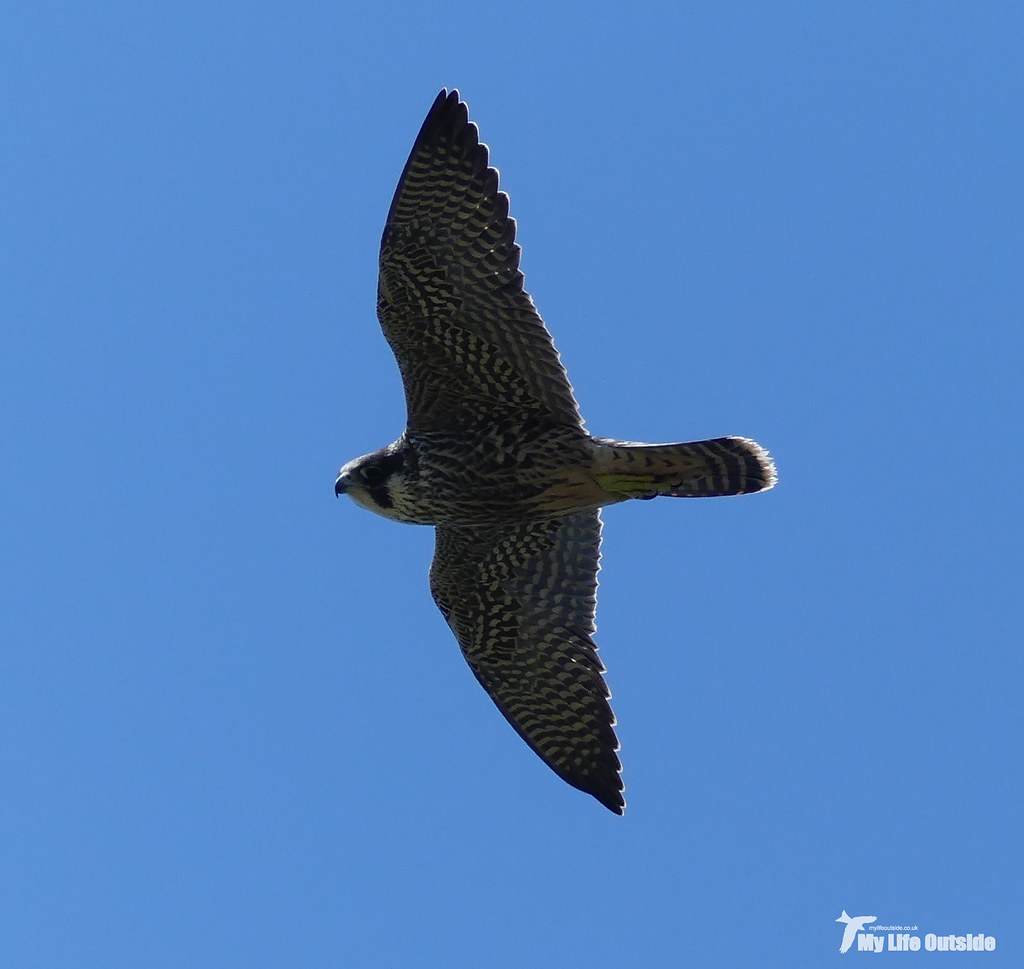
I said at the time that I thought this a younger bird which may help explain its unusual behaviour and going on plumage that’s probably correct. What makes this encounter even more remarkable though was its duration, the Peregrine staying in our vicinity as we walked a good couple of miles. In that time we were privileged to say the least even having grandstand views as it fought off the advances of an intruding Buzzard.
Of course those couple of miles spent in bird heaven were not immune from more scattered military remains including a pair of lookout structures, inaccessible but in brilliant condition. Both looked to still have wooden doors in place as well as protective metal shutters up front, probably as a direct result of their access ladders absence. There were also a multitude of earthworks which will require more research to identify as well as a couple of concrete boundary markers bearing distinctive “War Department” etchings and the ruinous remains of a 1914 lookout.
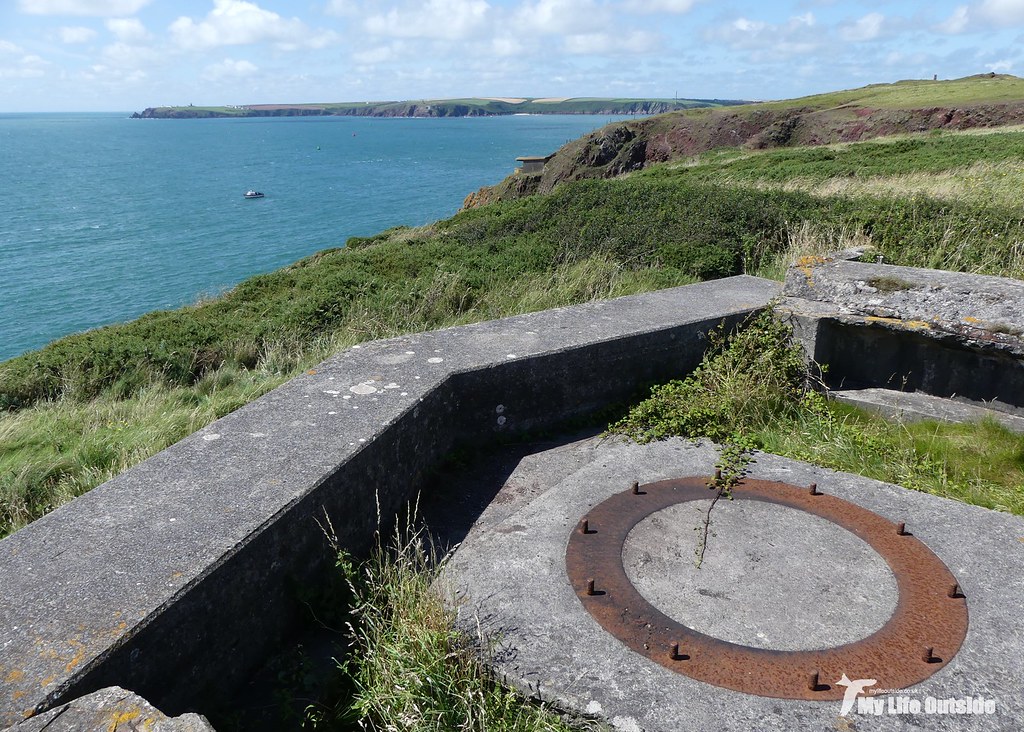
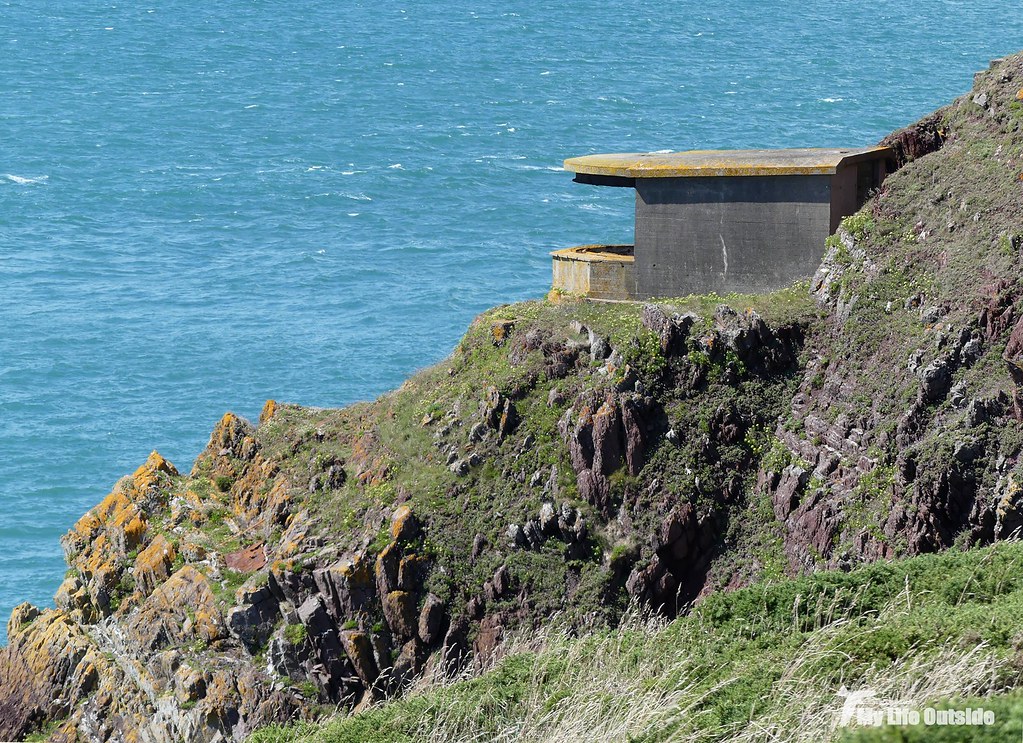
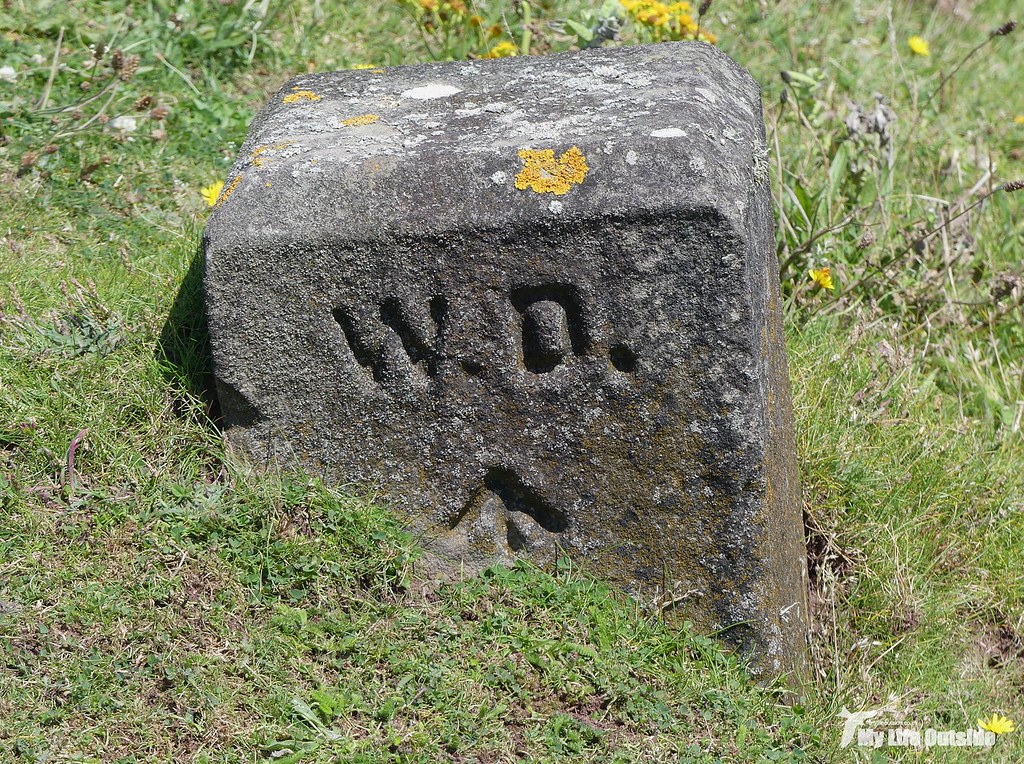
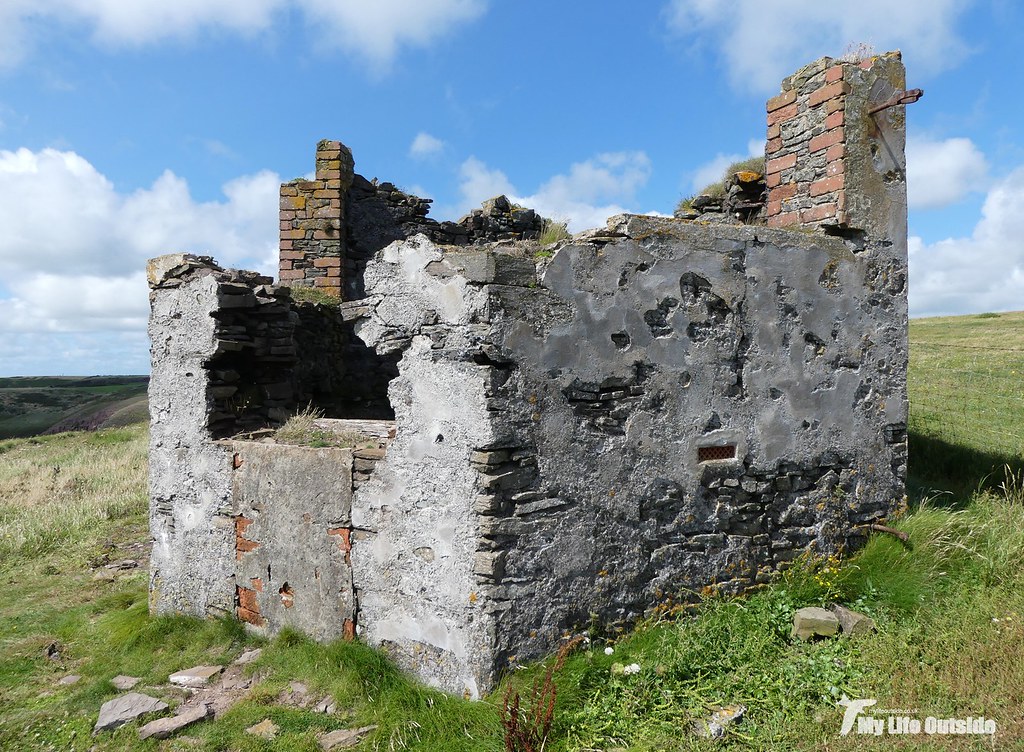
Heading on past Guttle Hole the scenery became ever more spectacular – cliffs, caves, arches and grassy banks alive with flowers and insects alike. If we hadn’t had a significant distance ahead of us I could have quite easily spent an entire day with the camera there but had to force myself onwards into a series of steep rises and descents. Although easy to handle for experienced walkers they’re probably the reason why this stretch of coast path has so many warning signs, something which for me at least only acts as an added incentive.

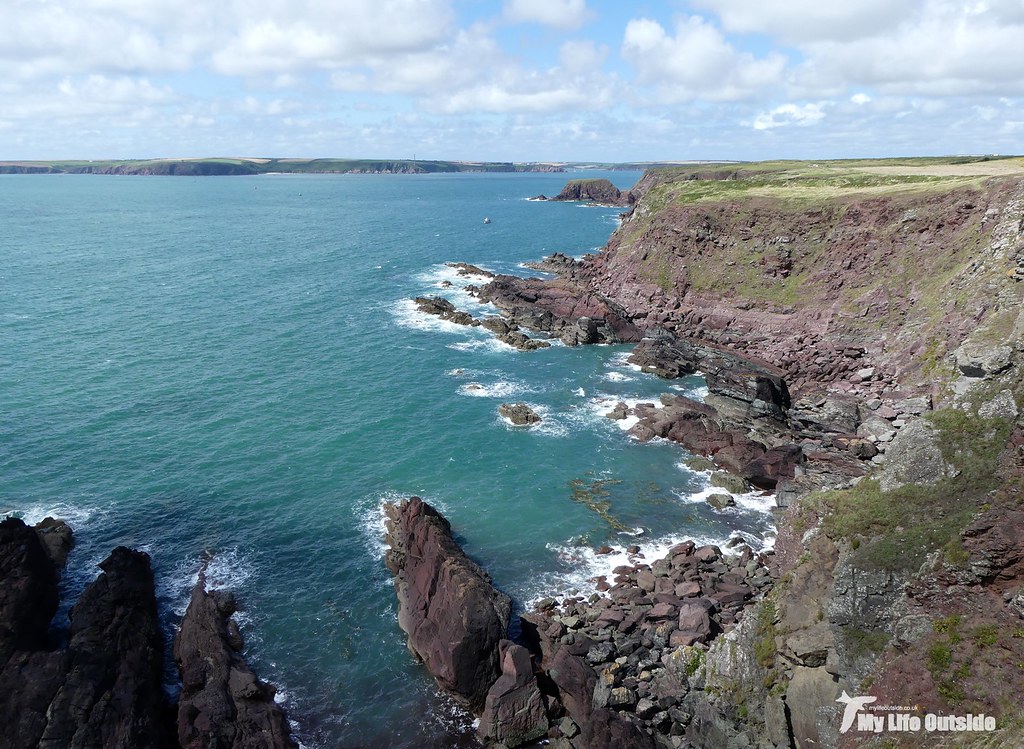
Our reward for conquering the last climb was Pickard Hill Fort, an Iron Age enclosure and easily our oldest structure of the day. For the first time we also had uninterrupted views over to Freshwater West, our next destination.

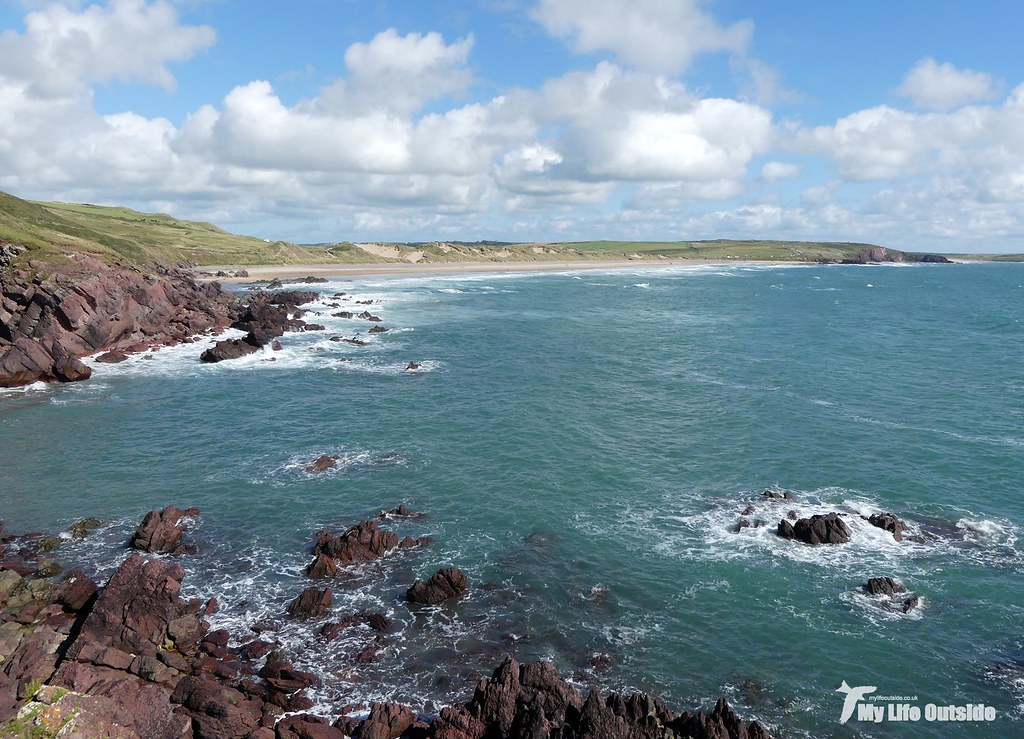
At this point we were roughly half way in having covered the entire western and southern flanks of the peninsula. With Freshwater West’s sweeping beach almost in touching distance we turned inland to cross over to the northern coast and a landscape so different from that which we’d just experienced that it deserves a separate post all of its own.



1 Comment
Stephen P · August 24, 2017 at 2:48 pm
I like your description of the ravens as 'gronking'. We have always referred to their croaking call similarly as a 'cronk' – I don't know where this came from, I guess it just a sounds right.